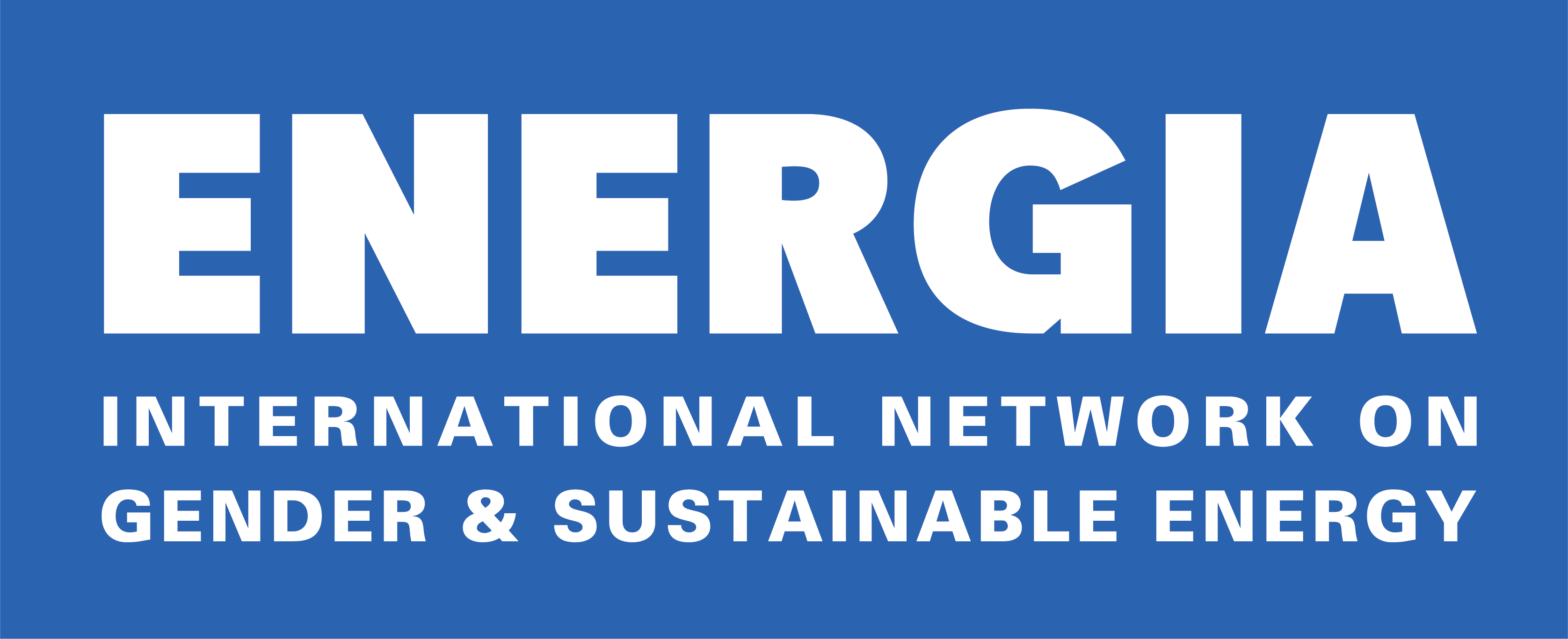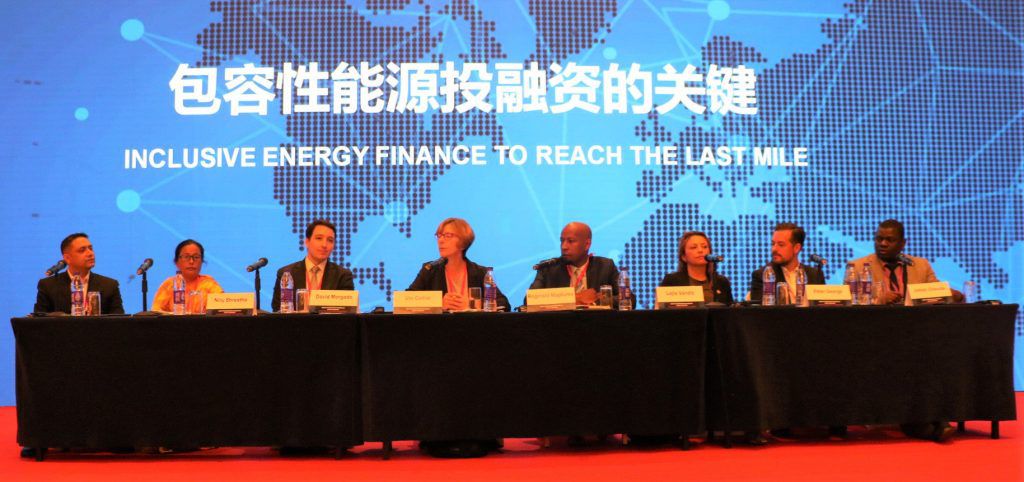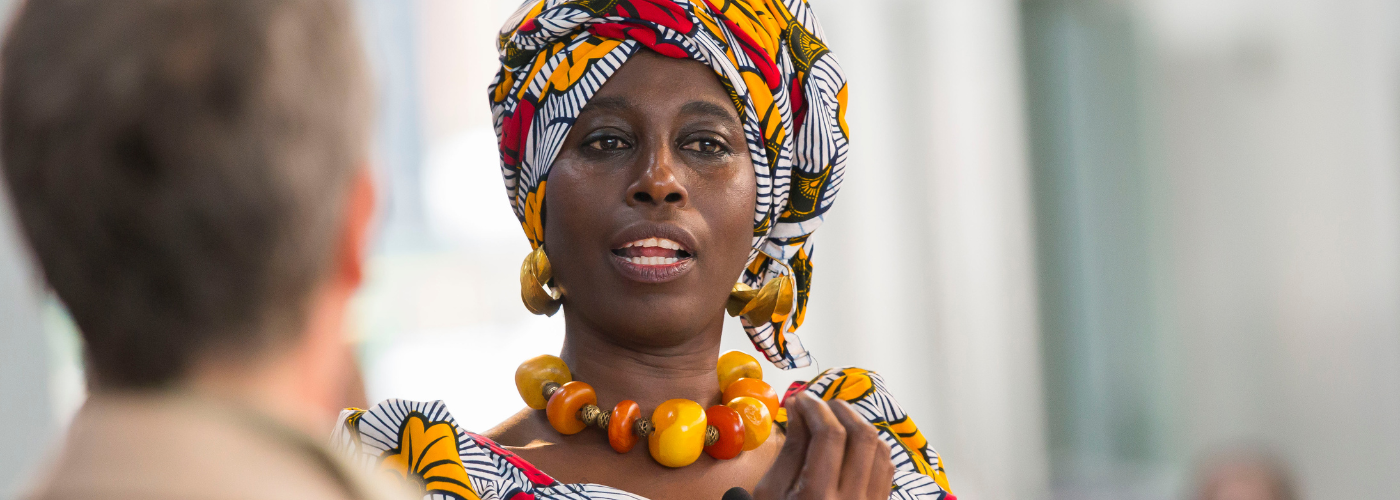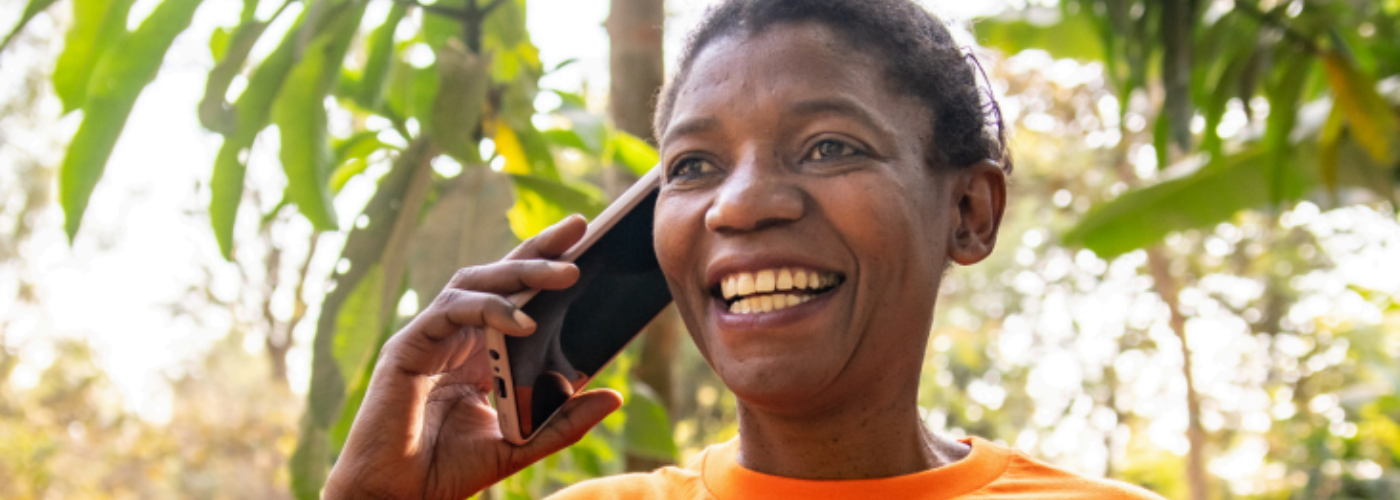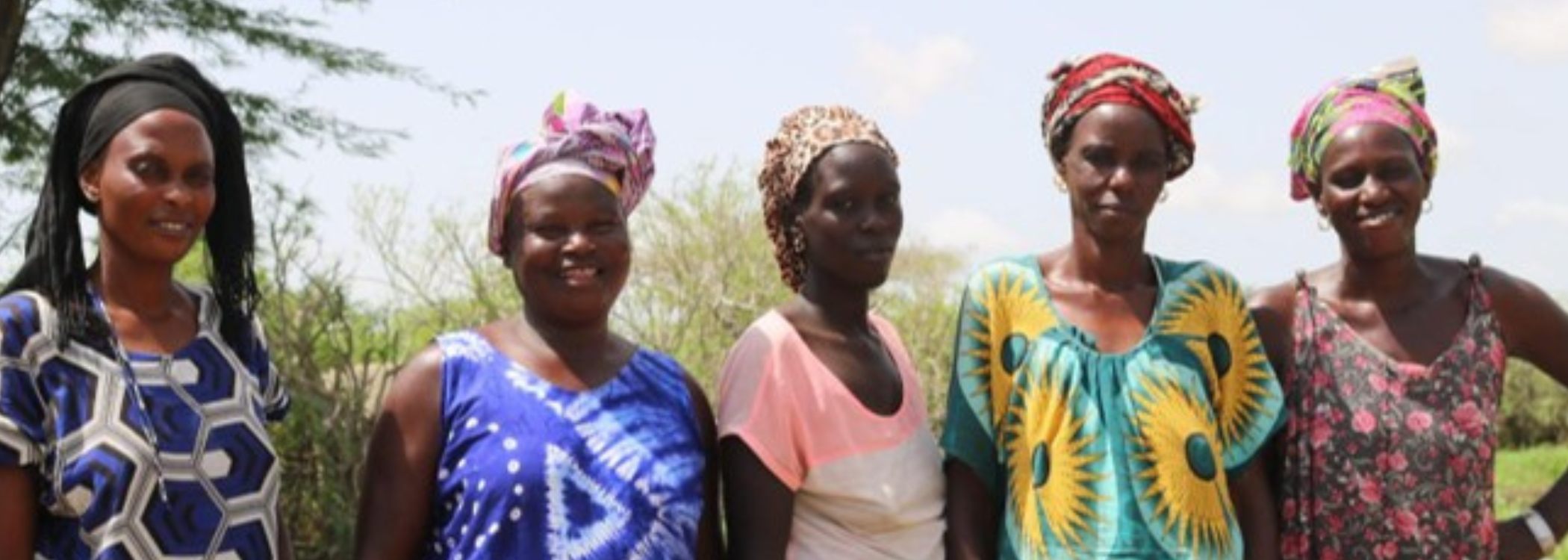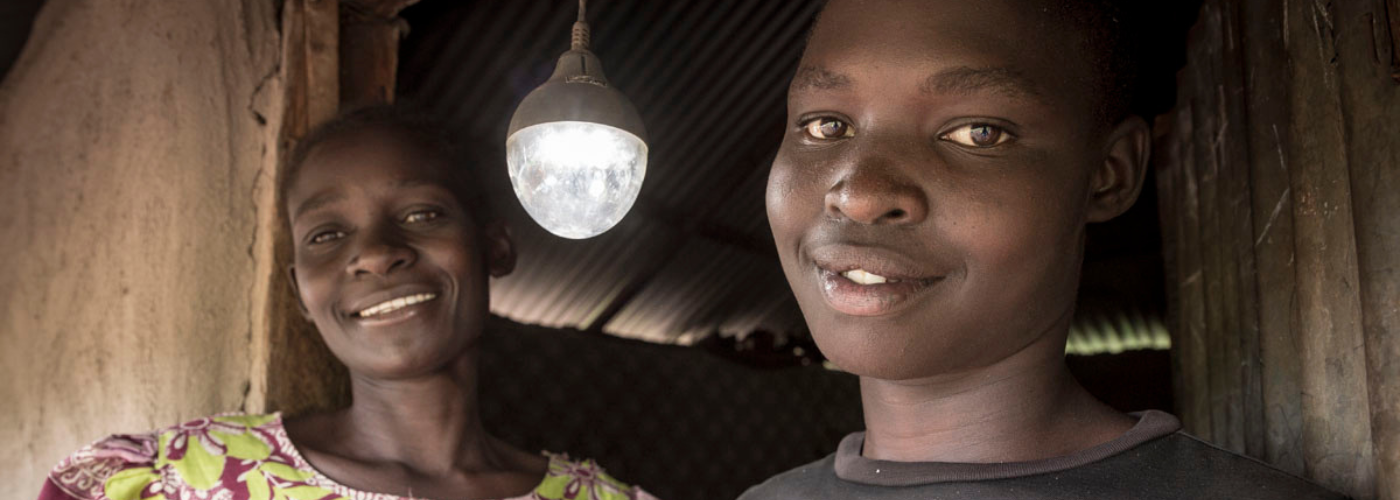As shown in the latest UN Sustainable Development Goal 7 (SDG7) tracking report published last week, we are making some progress towards the goal of universal energy access by 2030. The number of people without access to electricity is now down to 840 million (compared to 1.2 billion in 2010). However, progress has been patchy, with sub-Saharan Africa mostly left behind. Furthermore, there are still around 3 billion people without access to clean cooking. Unless progress speeds up, we are therefore set to miss the 2030 goal.
Most people with an energy access deficit live in what the UN terms ‘least developed countries (LDCs)’ and a conference organised by the UN Office of the High Representative for Least Developed Countries, Landlocked Countries and Small Island Developing States (UN-OHRLLS) took place in Beijing this week to discuss how energy access can be scaled up in these countries. China may seem a strange place for such a conference considering the fast pace of development in the country over recent decades. However, its Global Energy Interconnection Development and Cooperation Organisation co-organised the conference and has big plans for bringing electricity to all through renewables. […]
This article was originally published on Practical Action website and can be accessed here.
